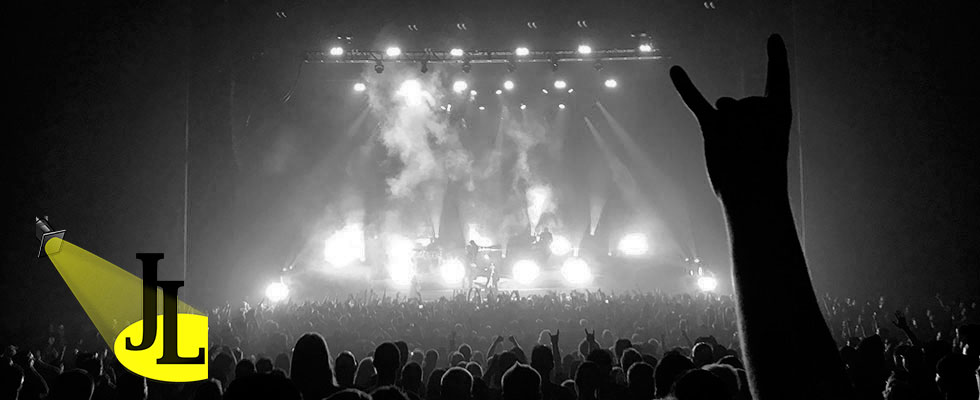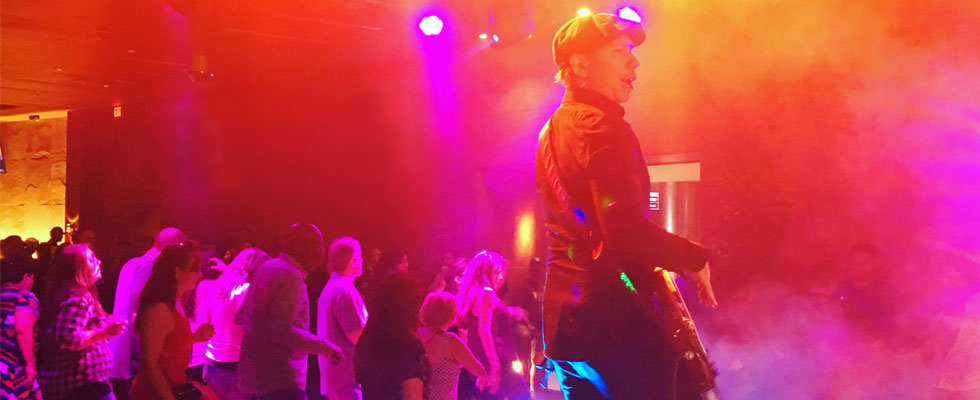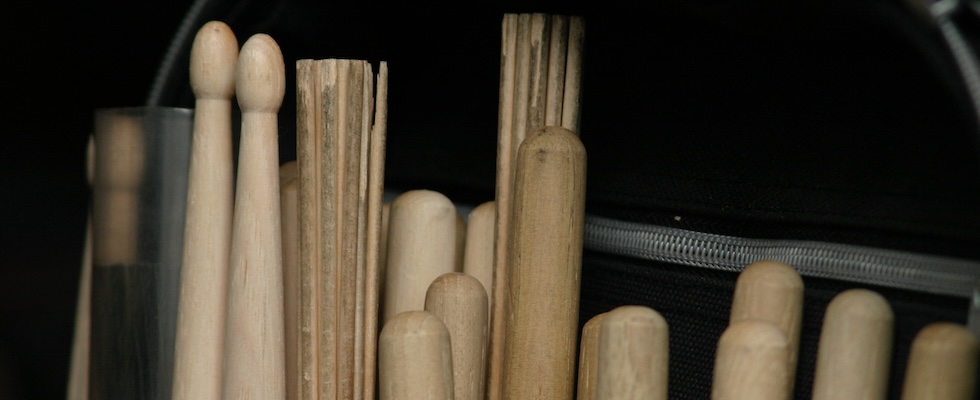Photo by Krizjohn Rosales from Pexels
In a recent post, I stated: “5,000 plus people trying to enter through less than four security lines is a safety concern in my opinion.” I want to use this post to help explain that statement and why I believe it.
I am fascinated by the science of management and even though the business of rock and roll may seem anything but. Venue operations math can help us develop ways to enhance the concert experience for fans, artists, and venue owners. One of these concepts is through the use of queuing theory.
Queuing theory is the mathematical study of waiting lines or queues. The formula may appear complex. However, there are a number of calculators online that will help you get the answers you need without understanding some pretty heady math that looks something like this from Portland State University.

Let’s move past these formulas and focus on how this can apply to your concert venue operations.
Part of the concert customer’s experience is entering the venue. This includes driving to the property, finding parking, and then going through security to gain entrance to the facility. This last element (security screening and entering the facility) present a unique challenge in that the operations team must weigh the customer experience of waiting in line against the demands of the security team to properly vet each patron. Part of establishing that balance is pinpointing how many security lanes you need per: (1) the venue capacity; (2) the arrival rate of guests; (3) the average security screen time; and (4) the cost of “x” amount of lanes, which can include equipment, such as screeners, and personnel.
You could achieve these results by speculating but guessing wrong could impact your operations in a few ways. For instance, your fans would likely end up waiting in line too long if you are underequipped. This could lead to lost consumer confidence and ultimately dipping revenues as word spreads about this negative aspect of the fan experience you provide. On the other hand, over equipping can lead to increased overhead and less profitability for the venue. Another unsustainable outcome. Luckily, there is a baseline to be found for virtually any venue and it is attained through a queuing theory calculation.
Let’s say that your venue’s capacity is 5,000. You open doors two hours before the show and a VIP lane an hour before that. You also know that a good chunk of your fans do not make it in on time due to traffic, family emergencies, etc. Taken together, you can estimate it would take four hours for the bulk of your customers to get through the gates. Your security team ensures that they can vet the average patron in 45 seconds or less and your observations say they are correct. Let’s place this information into our online queuing theory calculator.
We start by selecting the M/M/C model for a single queue with “C” amount of servers. Next, we need to average the number of people coming in per hour. To keep things simple, we will stick with a discrete probability. This means that we just divide 5,000 people by four hours, which is 1,250 patrons coming through the gates per hour. That is highly unlikely, but at this point, we are just looking for a baseline. We can adjust per our observations at a later time.
Place 1,250 under Arrivals/ Hour, which is Lambda in the calculator. Since your security team estimated they can vet each person in 45 seconds, that equates to 80 patrons per hour. Place 80 under Services/Hour, which is Mu.
Now let’s pick security lanes. Place four under the Number of Servers (C) and click Calculate. You will receive the following warning. “The queues will tend to infinity as Lambda is greater or equal than 4 times Mu.” This is telling us that you do not have enough servers to operate efficiently. It is NOT telling you it can’t be done. Rather, it is saying that there will be a back-up of the line. Remember, we are looking for a balance between customer experience, safety, and cost from which to start our ops planning. Further trial and error by selecting servers reveal that the optimal number of lanes is 16 based on these variables. At this level, your customer would walk directly into one of those lanes and spend (on average) 1.782 minutes waiting in line and another 45 seconds being screened. For a total service time just shy of three minutes. That is where you find the best customer experience at the lowest operations cost for a safe entrance into your venue.
Remember, this is your starting point. It is not saying anything less than 16 lanes for this size venue will fail. Rather, it is telling us that any number of security screeners below that will lead to a back-up of your line. I used a more advanced Excel calculator to find the average time your customer would wait if you only had four open lanes and found it to be between 27 and 30 minutes. This gives us a window. At four lanes, your customer could wait a half hour to get in while 16 lanes could lead to a zero wait time for the majority of your guests.
It is now up to you and your team to determine the balance between how long you want those customers to wait against the cost and logistics of adding more lanes. To do this you must take into account the price of additional screening stations (equipment and manpower) and if you have enough entrance points to accommodate their use. You could then analyze your open doors’ timeframe and how the line flows. Do more people come in at a certain time? Do you find that a large percentage of your clientele do not make it before the show? Finally, you could survey your customers about their experience. Did they have an issue waiting in line longer than 10, 15, 20, or 30 minutes? With this additional data, you are now more equipped to strike a balance between cost, customer experience, and the safety of your guests.
It all starts with queuing theory.









